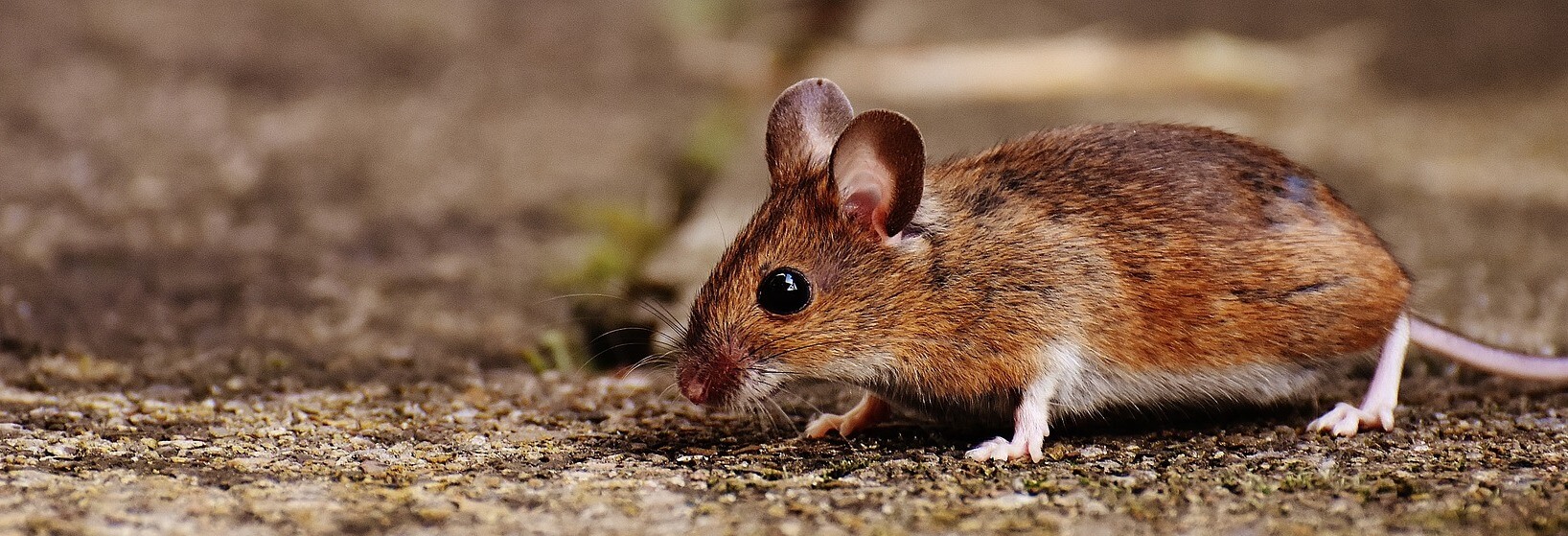One of the hottest trends in life sciences research for the past few years has been the development of subfields of study focused on specific, complex networks within biological systems. These subfields are quite recognizable due to the common suffix ‘-ome’, and there is now an exciting and extensive list of “omes” starting with arguably the grandfather of them all, the genome. This growing list now includes the proteome, transcriptome, interactome, metabolome, microbiome, and possibly the most underrated, the connectome – a map of all neural connections within an organism’s nervous system.
National Institutes of Health (NIH) and collaborating institutions are already constructing a map of the complete structural and functional neural connections in human brain in so-called the Human Connectome Project. At the same time, Dr. Hari Shroff and his team are taking a different approach and utilizing a more simple animal model to determine how the neural connections are formed in the first place. Shroff and his team in the High Resolution Optical Imaging Laboratory at the National Institute of Biomedical Imaging and Bioengineering (NIBIB) branch of the NIH have developed a new microscope called diSPIM to help answer the question, “How is this connectome formed?”. diSPIM stands for Dual-View Inverted Selection Plane Illumination Microscopy, and it allows researchers to splice together images taken from two perpendicular planes of view to create real-time video of the growth and development of model organism embryos.

C. elegans is an ideal model for this work for several reasons, the first being its simplicity – while humans have 100 billion neurons, these roundworms have a much more manageable 302. C. elegans eggs are also transparent, allowing for easy visualization using minimal light under a microscope to avoid damaging the embryos. Finally, there has already been extensive foundational research performed on the embryogenesis and development of this organism.
Dr. John G. White, whose work was published in 1986, spent over ten years tediously observing, naming, drawing, and following the division of every neuron in the developing C. elegans. He found that the development of every single cell was completely conserved across every individual and that nearly every developmental process, excluding some semi-random twitching, was visibly identical.
Shroff suspects it will be another five years before his team completes a recording of the function of all 302 C. elegans neurons, but with the advances in microscopy and cellular identification techniques, it can be presumed that the same work in humans is not too far away.
By Brady Slater, BSc










